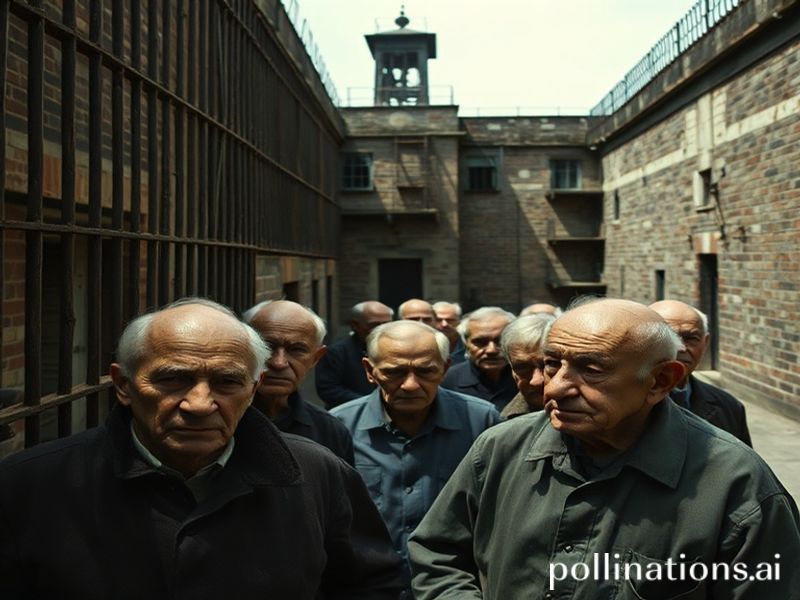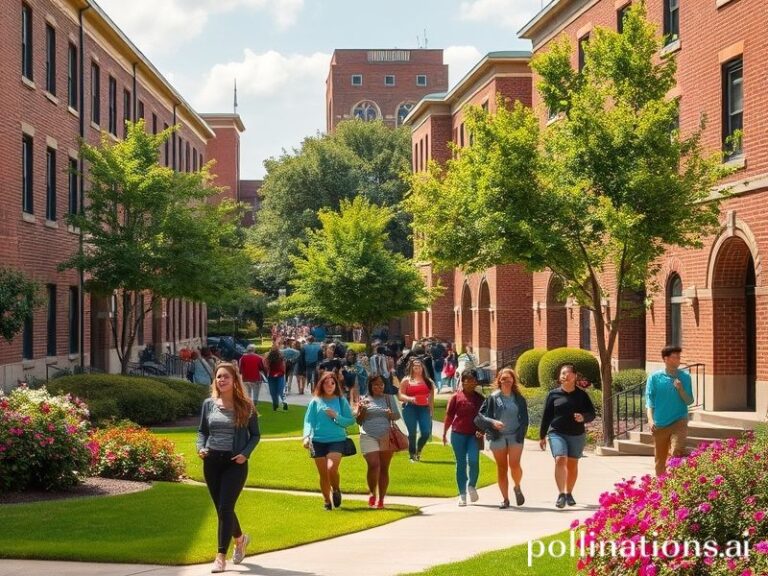Behind Bars: Why the ‘Age of Imprisonment’ is Trending Globally
# **Behind Bars: The Age of Imprisonment is Trending, and It’s Not Just About Crime**
Alright, folks, let’s talk about something that’s been making waves globally—literally and figuratively. The “age of imprisonment” is trending, and no, it’s not a new Netflix series or a TikTok dance challenge. It’s a stark reality that’s got people talking, tweeting, and yes, even memeing. But why is this topic suddenly everywhere, and what does it mean for society? Let’s dive in.
### **What’s the Buzz About?**
The “age of imprisonment” refers to the average age at which people are incarcerated. It’s a hot topic because it’s not just about crime statistics—it’s about societal values, justice systems, and the kind of world we’re building. From the U.S. to Europe, and even in parts of Asia, people are questioning whether the current approach to imprisonment is fair, effective, or even moral.
In the U.S., for instance, the conversation around juvenile justice has been heating up. States like California and New York are grappling with how to handle young offenders, especially in light of high-profile cases that spark outrage and debate. Meanwhile, in Europe, countries like Norway are being praised for their progressive approach to rehabilitation, while others are facing criticism for overcrowded prisons and harsh conditions.
### **Cultural Context: A Global Phenomenon**
The trend isn’t just about numbers—it’s about culture. In some countries, imprisonment is seen as a necessary evil, a way to protect society from dangerous individuals. In others, it’s viewed as a last resort, a failure of the system to rehabilitate and reintegrate offenders.
Take Japan, for example. The country has one of the lowest crime rates in the world, but it also has a strict justice system that emphasizes shame and social stigma. Meanwhile, in Scandinavia, the focus is on rehabilitation, with prisons designed to look more like universities than jails. It’s a stark contrast, and it’s got people wondering: What’s the right approach?
### **Social Impact: More Than Just Locking Up Offenders**
The age of imprisonment isn’t just about the offenders—it’s about the broader social impact. When young people are incarcerated, it affects their families, their communities, and even future generations. Studies show that kids with incarcerated parents are more likely to end up in the system themselves, creating a cycle of crime and punishment that’s hard to break.
But it’s not all doom and gloom. There are success stories too. Countries like Germany and the Netherlands have seen positive results from focusing on rehabilitation and education. And in the U.S., initiatives like restorative justice are gaining traction, offering alternatives to traditional punishment.
### **Why Should You Care?**
You might be thinking, “Okay, but what does this have to do with me?” Well, a lot, actually. The age of imprisonment is a reflection of our societal values. It’s about whether we believe in redemption, whether we think punishment should be harsh or rehabilitative, and whether we’re willing to invest in solutions that go beyond just locking people up.
It’s also about the kind of world we want to live in. Do we want a world where young people are given second chances, or one where they’re written off as lost causes? The answers to these questions shape policies, influence cultures, and ultimately, determine the kind of society we leave for future generations.
### **Conclusion: The Future of Imprisonment**
The age of imprisonment is trending because it’s a mirror held up to society. It forces us to confront uncomfortable questions about justice, morality, and the kind of world we want to create. Whether you’re a policy wonk, a social justice advocate, or just someone who cares about the future, this is a topic worth paying attention to.
So, what’s next? Well, the conversation is far from over. As more countries grapple with these issues, we’ll see a mix of progress and pushback. But one thing’s for sure: the age of imprisonment isn’t just a trend—it’s a movement. And it’s one that’s here to stay.
—







